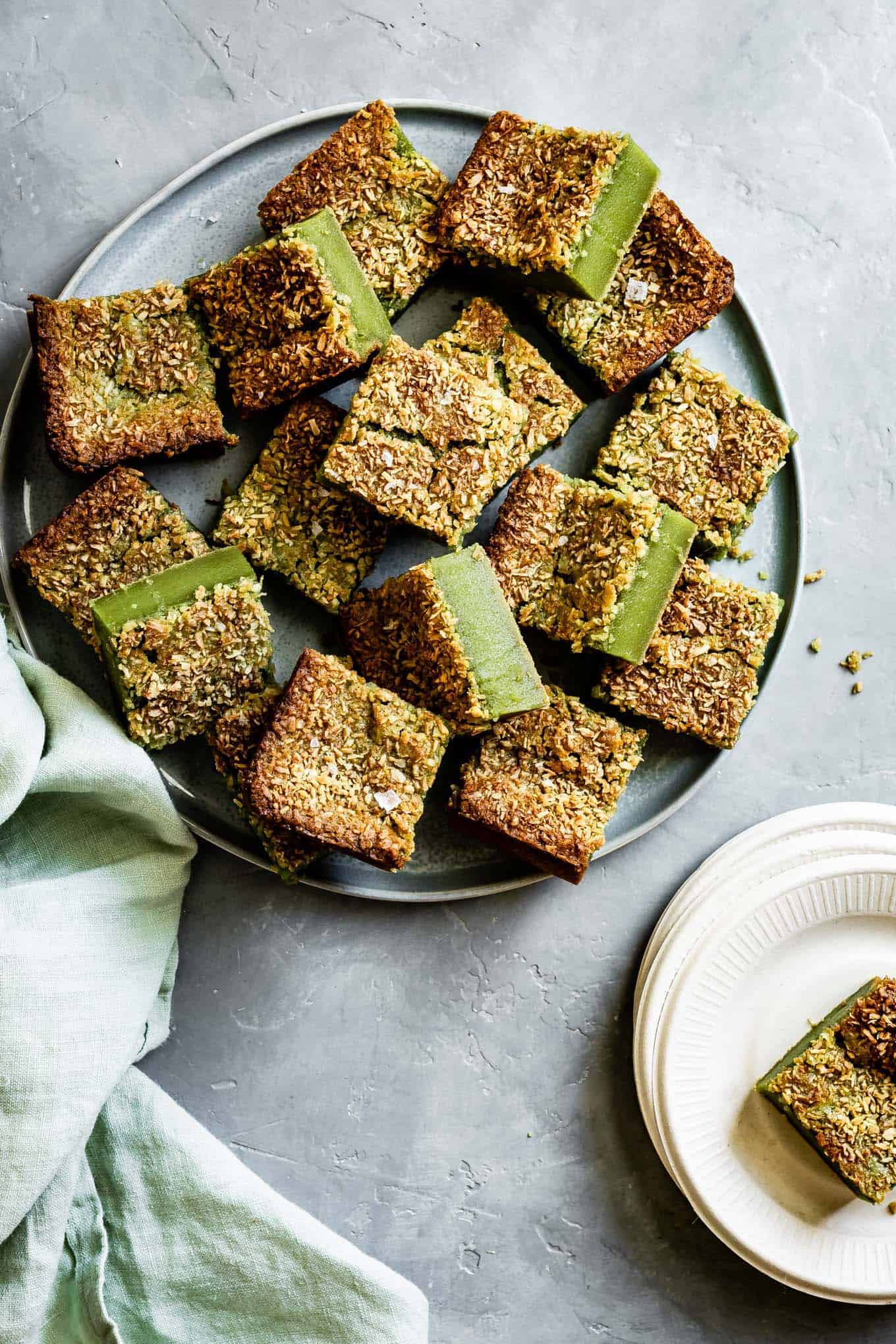

#Mochi dessert pro
Gemma’s Pro Chef Tips For Making Hawaiian Butter Mochi Bake the butter mochi for 1 hour and let it cool completely.Beat the whole milk, sugar, rice flour, coconut milk, eggs, butter, baking powder, and vanilla extract (either with an electric mixer or by hand) until it is thoroughly combined.Prepare your 9×13 inch (23x33cm) baking pan by buttering it and lining it with parchment paper.
#Mochi dessert full
Making butter mochi really can’t be easier, and it whips up in no time! Here is how you make it (and don’t forget to get the full recipe with measurements, on the page down below): I prefer to use Koda Farms brand, which is typically used in Hawaii for butter mochi! What You Need To Make Hawaiian Butter Mochi You can typically find it at Asian markets, but if you can’t, you can always order it online. It’s also known as sweet rice flour or glutinous rice flour. The Flour To Use For Hawaiian Butter Mochi You take it out of the oven, and that’s it! It doesn’t need decoration or added flavoring. The result is a chewy but not gummy, slightly coconutty, and delicious dessert.īutter mochi is a no-frills dessert. Unlike Japanese mochi, which I like to fill with ice cream, Hawaiian Butter Mochi is baked. Hawaiian butter mochi is kind of like a cross between cake and mochi. What Is Butter Mochi? What’s The Difference Between Hawaiian Butter Mochi And Japanese Mochi? But it’s really the texture that makes this dessert so lovely! The flavor of butter mochi is perfect too: it’s so rich, isn’t too sweet, and has subtle flavors of vanilla, butter, and coconut - it tastes like you just went on a tropical holiday.

This is a super important ingredient, and no other flour will do! Since we’re using this type of flour, butter mochi is also a gluten-free snack! Hawaiian Butter Mochi is a favorite in Hawaii - it’s a dessert you can find everywhere on the islands! You’ll find it in a lot of bakeries there, but you’ll also see many home chefs making their own version because not only is it so delicious - it’s also super easy! This recipe is also part of my Bold Baking Worldwide initiative to bring you amazing recipes from around the globe! Make sure you check out last week’s lovely Malva Pudding from South Africa.īutter mochi is soft and chewy thanks to Mochiko Flour (also called glutinous rice flour or sweet rice flour). Please see my full disclosure for details. Studies indicate that there is a lower exposure risk when outdoors, but the level of risk involved with patio dining is contingent on restaurants following strict social distancing and other safety guidelines.This post may contain affiliate links. More information can be found at coronavirus.dc.gov. The Washington Post is tracking coronavirus cases and deaths in D.C., Maryland, and Virginia. Many restaurants offer outdoor seating, but this should not be taken as endorsement for dining out, as there are still safety concerns. allows indoor dining at 25 percent capacity. Restaurants on this map may temporarily close due to the novel coronavirus pandemic, so check with a business before showing up. This map offers a taste of classics and modern mash-ups. Modern Asian bakeries add rice flour to all manner of traditionally Western sweets, including doughnuts, cookies, muffins, and waffles to give them that “Q” factor, or to create a more delicate crisp. There are also sweet Filipino rice cakes like sapin-sapin and kutsinta, or plain rice cake balls set served atop shaved ice or in dessert soups. Leavened versions pop up in Vietnamese (banh bo) and Chinese (white sugar sponge cake) cuisines. Rice dough that’s filled or topped with bean paste or powder, sesame seed paste, or crushed peanuts is a common confection in Japanese, Korean, and Chinese cuisines. The common thread is a springy, bouncy texture Taiwanese diners call “Q” or “QQ.” However, the Japanese term covers a wide range of chewy treats and savory dishes made out of glutinous rice flour. Many Americans first encounter mochi as ice cream-filled balls found in the freezer aisle of specialty markets, or on dessert menus at a variety of Asian restaurants.


 0 kommentar(er)
0 kommentar(er)
